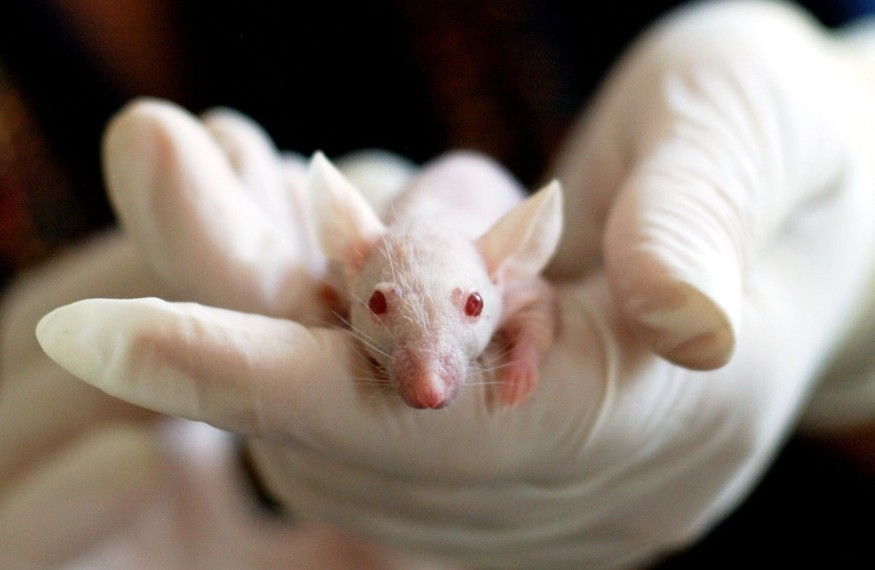Researchers previously believed that fetuses would not be able to survive without a living womb. However, recently, researchers from the Weizmann Institute of Science in Israel were able to successfully grow mice embryos using an artificial uterus.

Studying Mice Embryos
A study published by researchers in the journal Nature entitled "Ex utero mouse embryogenesis from pre-gastrulation to late organogenesis" reports the successful growth of roughly more than a thousand mice embryos for six days using an artificial uterus.
To understand the relationship of embryos with living wombs, researchers first removed mice embryos from their mothers' wombs after 5 days of gestation.
Dr. Jacob Hanna, co-author of the study says that the team managed to take embryos from a female mouse after fertilization and grow for 11 days with lab-grown embryos continuing to be identical to their real-life counterparts in an interview with The New York Times.
ALSO READ : Why Do We See Colors Differently?
Artificial Uterus
Researchers spent roughly 7 years designing the mechanical uterus that housed the mouse embryos.
The two-part system consists of a ventilation and incubator system. Embryos float in vials filled with special nutrient-laden fluids while being gently spun to avoid mice embryos from sticking to the walls of the mechanical uterus. This process prevents deforming of the mice embryos and subsequently drying out.
Meanwhile, the mechanical uterus' ventilators provide mice embryos with the necessary oxygen and carbon dioxide levels to maintain their environment's flow, the concentration of gases, and pressure.
Normally, mouse gestation lasts for 20 days until it can survive outside of its mother's wombs.
So far, Dr. Hanna's team has been able to sustain mice growth up to 11 days which is halfway through its regular gestation period. Upon examination of the apple seed-sized embryos showed the same development as those who would gestate in their mothers' wombs.
The embryos soon die off because their size increase led to a lack of natural blood supply. Embryos had both a placenta and yolk sack; however nutrient solutions that fed them were no longer sufficient. Additionally, technical challenges that the team has yet to solve also proved to be a significant roadblock.
A potential solution that researchers are looking into is utilizing an artificial blood supply connected to the mice's placenta.
Researchers stress that the goal of the study and the mechanical uterus is to study the process of gestations and analyze factors such as genetic mutations and environmental conditions on the growth of fetuses inside the womb.
Prior to the study, researchers have focused on non-mammalian species such as frogs and worms to analyze tissue and organ development and provide a rare glimpse of development snapshots.
Researchers needed a way to have an inside view of the uterus to watch how developments in mammals occur without risking the health of the mother.
Similar devices may one day allow researchers to grow human babies in the same process.
The artificial womb allows researchers to learn more about factors on why pregnancies end in miscarriages or why fertilized eggs fail to implant.
RELATED ARTICLE : MBL Researchers Imaged First Body Plan Moments in the Embryo
Check out more news and information on Biology on Science Times.
© 2025 ScienceTimes.com All rights reserved. Do not reproduce without permission. The window to the world of Science Times.












